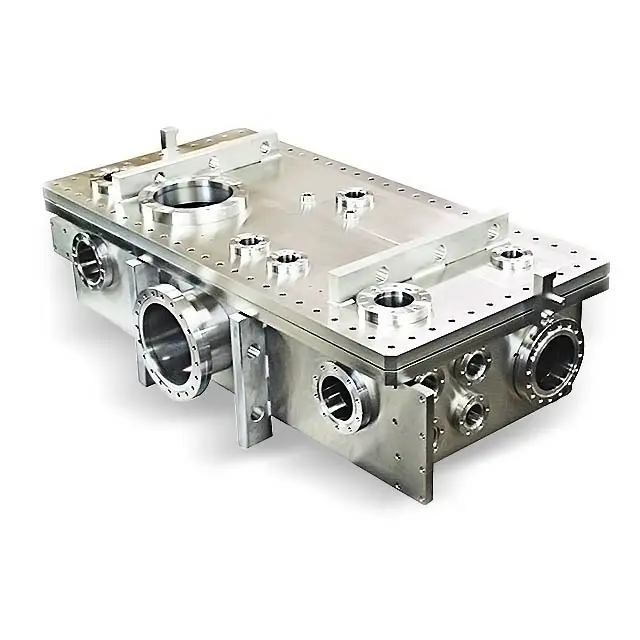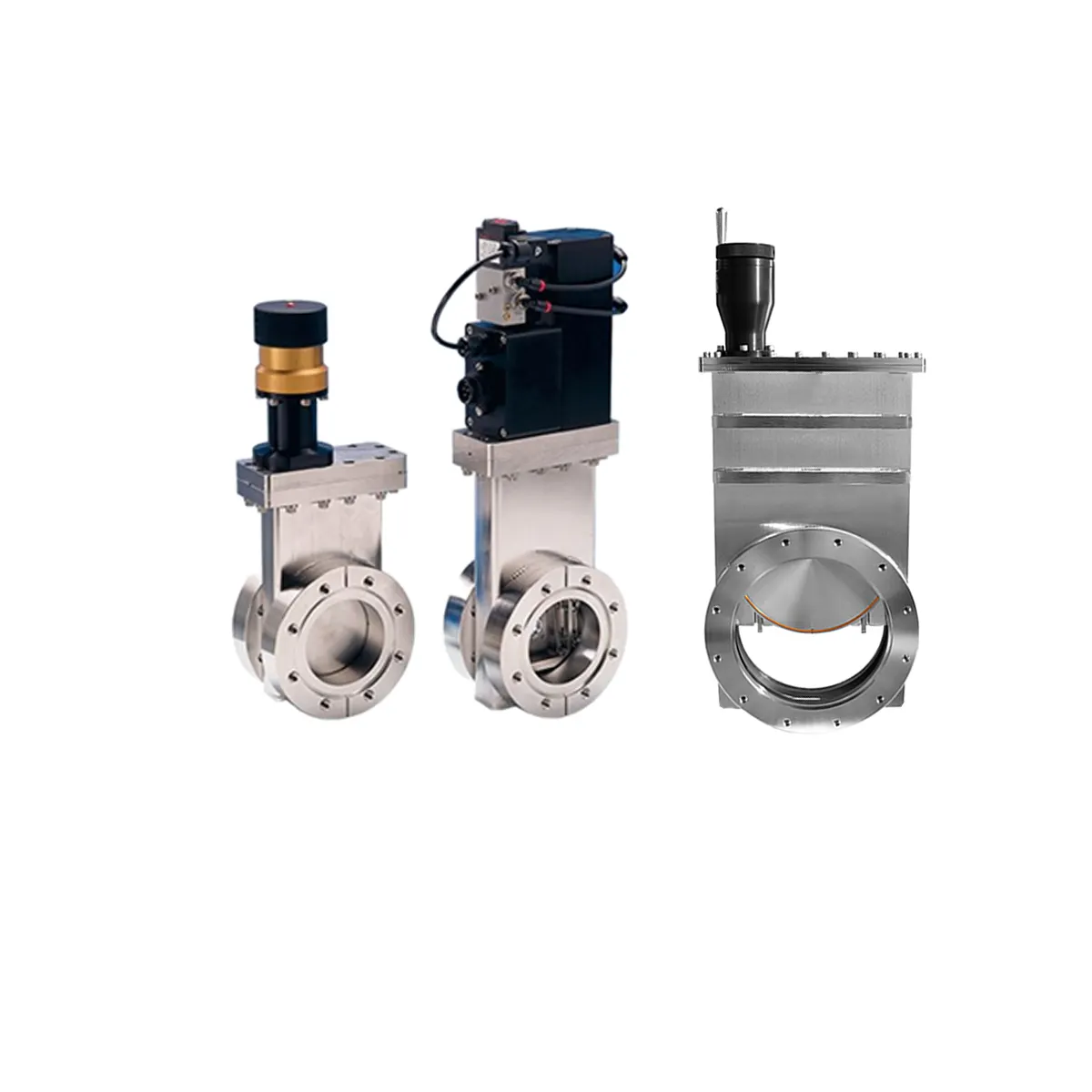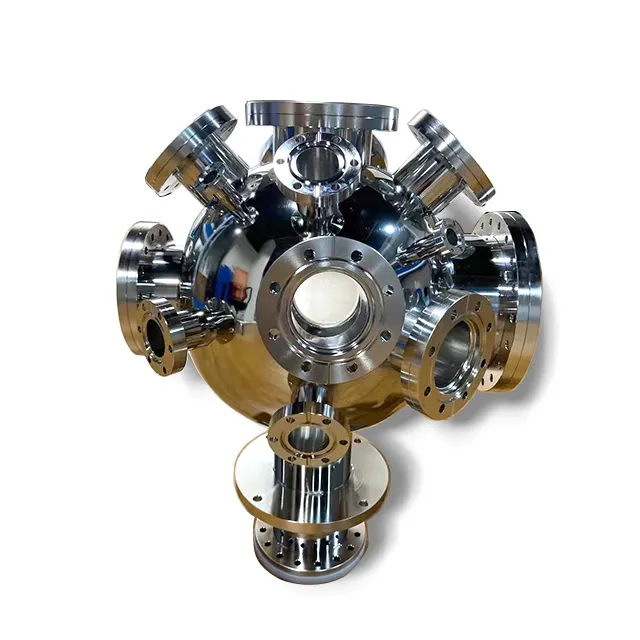vacuum chamber feedthrough
A vacuum chamber feedthrough serves as a critical component in vacuum systems, enabling the secure transmission of various utilities such as power, signals, fluids, and motion between the atmospheric environment and the vacuum chamber interior. These specialized devices maintain vacuum integrity while facilitating essential connections through the chamber wall. Modern vacuum chamber feedthroughs incorporate advanced sealing technologies, including metal-to-metal seals, elastomer seals, or ceramic-to-metal bonds, ensuring reliable performance under diverse operating conditions. They are engineered to handle specific requirements such as high voltage, radio frequency, thermal management, and optical transmission. The design typically features robust construction materials like stainless steel, copper, or specialized alloys that resist corrosion and maintain structural integrity under vacuum conditions. These feedthroughs come in various configurations, including single-pin electrical feedthroughs, multi-pin connectors, fluid feedthroughs, and motion feedthroughs, each optimized for their intended application. The technology enables crucial processes in semiconductor manufacturing, research laboratories, aerospace testing, and other high-tech industries where maintaining precise vacuum conditions is essential for operation.


